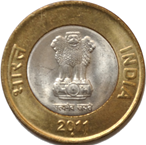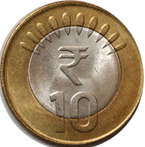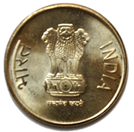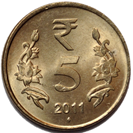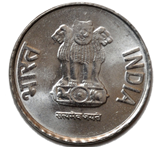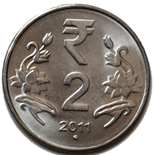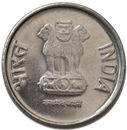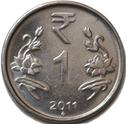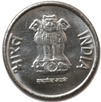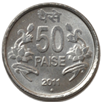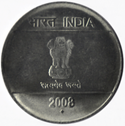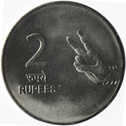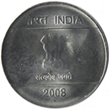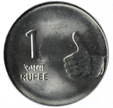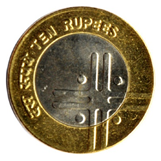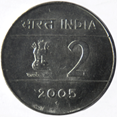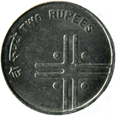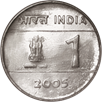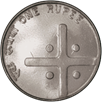Yes, Round coins are most common. BUT YOU know, Coins were not originally round. They were simply lumps of precious metal (gold, silver, copper, or even a combination of these). Sometimes they were rare shells or beads. Later, coins were formed by the 'lost wax method. Any shape as possible, including those of fish or other regularly used items.
Not all coins are round, but it is the most common shape to allow it to roll and hence ease for vending. Furthermore, orientation about the vending sensors is not an issue.
Now, imagine the coins to be having a square, rectangle, rhombus, parallelogram, or any other polygon shape. A coin having such a shape would have corners, and corners may hurt our fingers while handling. A modification to this could be giving fillet to the coins, that is, making it a bit circular along with the corners, but adding such a feature will increase the manufacturing cost. This is one of the reasons for coins to be circular.
Probably one of the oldest reasons for round coins is that when they are struck the metal is pushed out into the round collar and being round the metal flow is even, whereas a shaped collar would present additional problems where there would be less metal flow into the points and too much at the first edges met by the metal.
Secondly, manufacturing elliptical coins will increase the dimension along with one of the axis, thus making it asymmetrical along both the axis, increasing its manufacturing complexity. Moreover, manufacturing irregularly shaped coins would be a waste of resources as well as time.
Coins began to be formed in a (generally) round shape because rulers wanted their portrait, or their propaganda, depicted on the coins. This is not always easy to do with a 'cast' coin. They would take a lump of precious metal and heat it until it was soft and then while one person held the ingot between two dies, the other would take a sled hammer and hit the dies. This usually produces a roundish shape.
When coins started being minted by machines, it was much easier to make round dies rather than other forms, and the round die distributes pressure more evenly, and thus lasted longer. Also, like David Ford said, round coins don’t have sharp edges that can tear through your wallet or pocket.
Just a guess. People carry coins around in flexible containers like pockets or bags. Things with corners tend to catch on the stuff flexible containers are made of and rip them. Circular coins would be least likely to damage the cloth or leather containers used to hold them.
Non-circular coins are more susceptible to wear and tear due to the corners than circular ones. Put an angle on a coin, and you’ll have it worn before any other feature. Other benefits of round coins include an absence of pointed edges that would be more prone to wear than other parts of the coin.
Thus, the coins are mostly circular in shape, although some exceptions may exist. Amongst them are One and Five Paisa Coins minted in India, in 1972. It is square in shape with a fillet applied to the corners.
